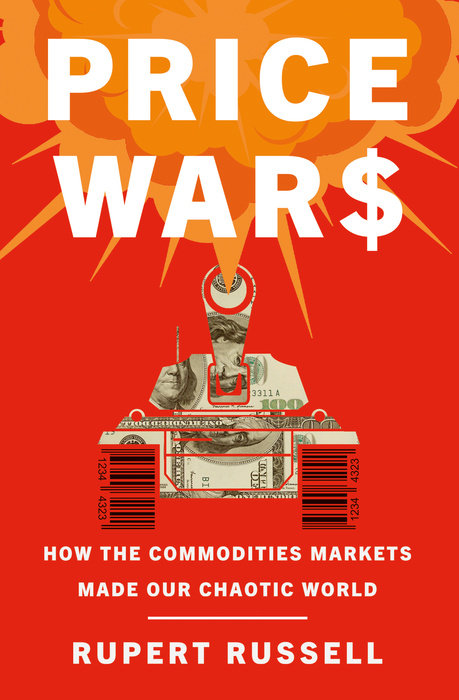Media coverage of Russia’s invasion of Ukraine has focused on Vladimir Putin’s desire to patch the Soviet Union back together into some semblance of empire, and his outrage at NATO creep. Putin may look increasingly like a mad king, and his attack like a scattershot and ego-driven blunder. But the Kremlin had been planning the invasion (if not their own military readiness) for months, and the timing coincides with a run-up in energy prices and tight commodity markets that gave Putin major strategic leverage.
Putin wanted to strike at a time when it would hurt. Oil and gas prices have soared over the last year, driving a global gas shortage. Windfalls from fossil fuels not only padded Putin’s war chest and foreign-exchange reserves to act as what he assumed would be a partial buffer against sanctions; they also made Europe acutely dependent on its eastern neighbor in the winter leading up to the attack. And while Putin has committed a series of strategic blunders—like underestimating the United States’ willingness to expel it from the global dollar order—his wager on the primacy of energy has been borne out so far. Russia was once derided by John McCain as a “gas station masquerading as a country,” but Europe is reluctant to impose sanctions on the gas station. Politicians rightly fear popular rebellions under higher inflation and shortages.
Renewed calls for energy independence in the U.S. and Europe partly register that reality. But the push for energy self-sufficiency only tells half the story. What emboldened Putin was not only petroleum flows, but the herd behavior in financial markets that drives price fluctuations. His attempt to bloodily redraw the map of Europe is only the latest instance of a pattern beautifully documented by the sociologist and filmmaker Rupert Russell in Price Wars, a new book exposing how financialized commodity markets sow political chaos.
Following Bill Clinton’s deregulation of commodity markets in the late 1990s—amid a charged political debate that Russell charts in a vivid chapter—commodity prices became unstuck from fundamentals. It may seem unbelievable today, but until the Commodity Futures Modernization Act of 2000, retail investors couldn’t bet on the direction of commodity prices. The index funds simply didn’t exist yet. Investment banks and oil companies pushed provisions into the act in the waning hours of the 106th Congress exempting the trading of futures contracts and swaps for energy and metals from regulation. Most commodities derivatives are traded in unregulated over-the-counter markets run by dealer banks in the United States and Britain.
By the early 2000s, firms like PIMCO and Credit Suisse were launching commodity-tracking mutual funds at a dizzying pace. They were marketed to investors as helping diversify portfolio risk, but instead, they compounded it. Previously uncorrelated, oil, food, and metals became increasingly linked as a volatile new asset class. As commodity index funds proliferated, local disturbances in crop yields, amplified by leveraged bets of traders, gained the power to rip through global markets, destabilizing prices in far-flung areas with cascading knock-on effects.
